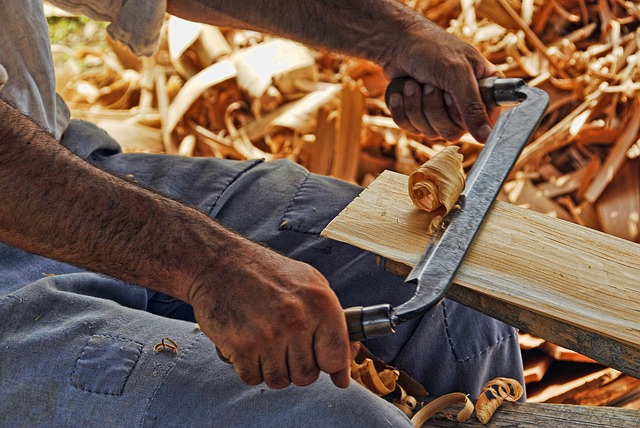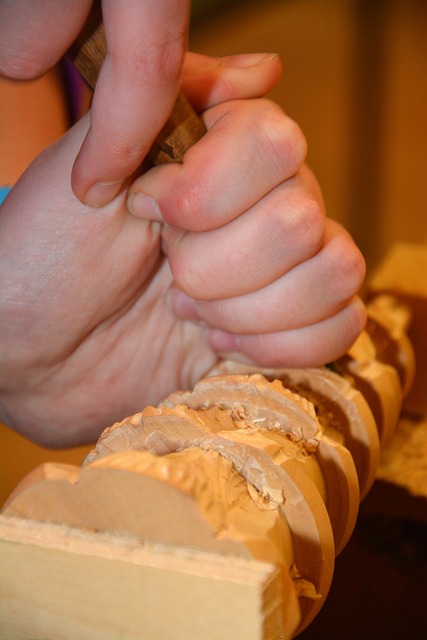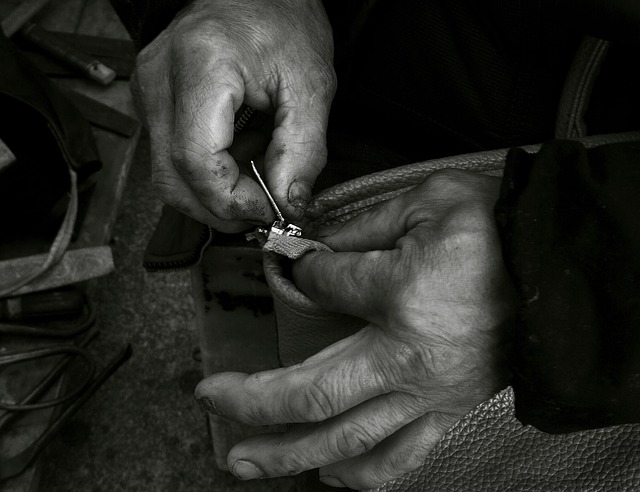Traditional carpentry continues to flourish with modern twists, as skilled carpenters blend age-old joinery techniques with contemporary materials and technology. These artisans, who hold a deep understanding of wood characteristics and the precision required for elaborate woodworking, create pieces that are both functional and visually striking, bridging the gap between historical craftsmanship and innovative solutions. By integrating classic methods with modern machinery, today's carpenters not only preserve but also advance the art form, ensuring its longevity and relevance for future generations. This fusion of tradition and innovation in joinery underscores the adaptability and enduring significance of the craft within carpentry excellence. Carpenters are both guardians and pioneers of this timeless skill, ensuring that the legacy of traditional carpentry evolves with each new creation.
Craftsmanship and innovation intertwine in the realm of joinery, where carpenters skillfully blend traditional techniques with contemporary designs to create complex woodwork. This article delves into the intricate art of joinery, exploring how master carpenters approach both time-honored and cutting-edge projects. From understanding the different types of joinery and their applications to maintaining the tools of the trade for precision cuts, we’ll examine the essential practices that ensure durability and symmetry in structure. Join us as we explore the balance between tradition and trend, the lifecycle of wood, and the sustainability efforts shaping the future of carpentry. Through case studies, expert techniques, and insights into safety and eco-friendly approaches, this comprehensive guide offers a deep dive into the legacy and evolution of joinery in architectural design and aesthetics.
- Mastering Complex Joinery: The Art of Traditional Carpentry
- Modern Meets Craftsmanship: A Carpenter's Approach to Innovative Joinery
Mastering Complex Joinery: The Art of Traditional Carpentry

A carpenter skilled in mastering complex joinery holds the key to preserving and advancing the art of traditional carpentry. This craft, rooted in historical practices, demands a profound understanding of wood behavior, precision cutting, and a keen eye for detail. The intricate interlocking of pieces seen in this form of joinery is not merely about fitting components together; it’s an expression of timeless craftsmanship that breathes life into both contemporary and antique designs. Modern carpentry often incorporates these traditional techniques, blending them with innovative materials and tools to achieve both aesthetic coherence and structural integrity. The result is a harmonious fusion where the essence of classic joinery meets the demands of modern functionality, showcasing the versatility and adaptability of the carpenter who wields this ancient yet ever-relevant skill set. Each joint, whether it’s a mortise and tenon or a dovetail, is a testament to the carpenter’s ability to merge form with function, resulting in pieces that stand the test of time both physically and artistically.
Modern Meets Craftsmanship: A Carpenter's Approach to Innovative Joinery

Craftsmanship and innovation converge in the modern approach to joinery, a discipline at the heart of carpentry excellence. Today’s carpenters blend time-honored techniques with contemporary technology to create complex joints that are both functional and visually striking. The traditional ethos of precision and durability is alive and well, yet it is now augmented by advanced tools and materials that expand the possibilities of what can be achieved in joinery. Carpenters meticulously apply their skills, utilizing both hand tools and sophisticated machinery to execute intricate designs. This fusion of old-world artistry and new-world precision results in pieces that are at once steeped in history and firmly rooted in the future. The outcome is a testament to the enduring legacy of carpentry, where each joint is a narrative of skill and ingenuity, telling a story of how tradition can be reimagined through modern eyes without losing its essence.
In conclusion, the mastery of complex joinery represents a timeless skill that bridges the gap between traditional and contemporary craftsmanship. The proficiency of carpenters in this specialized field not only honors the rich history of woodworking but also pushes the boundaries of design innovation. By blending classic techniques with modern technology, these artisans create pieces that stand as testaments to both the art’s legacy and its forward-thinking potential. Whether in a rustic setting or a sleek, urban space, the joinery they produce underscores the enduring relevance of the carpenter’s craft.



